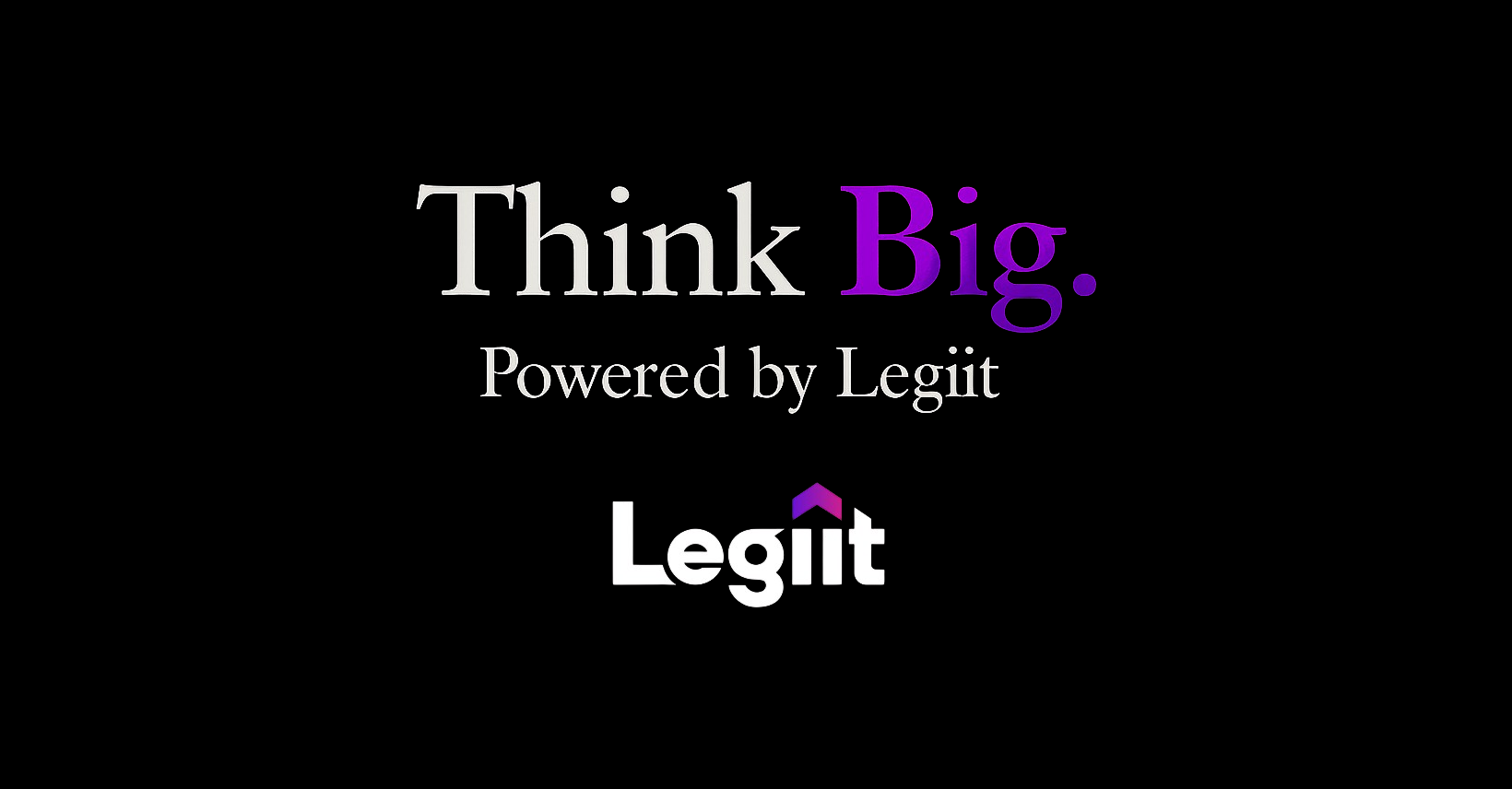In the age of social media, everyone needs graphic designs to send the message across to the target audience relevantly and interactively. Just blocks of texts, no matter how well-written, cannot compete with aesthetically and visually pleasing graphic designs.
Whether you’re a small business owner or a beginner graphic designer, it’s crucial to have a roadmap that helps you master the art of graphic designing while avoiding common mistakes.
This article will discuss some of the practical and handy graphic design tips for beginners and non-designers. Let’s delve deeper.

1. Limit Your Typefaces
One of the crucial graphic design tips for beginners is to limit typefaces. It is essential to use easy-to-read fonts for body texts, subtitles, titles, headings, etc.
Using multiple fonts/typefaces would make the text hard to read and the design look out of place.
2. Use Scaling Technique
Don’t be afraid to apply the scale to shapes, compositional features, and typefaces to emphasize the message proportionately. Enhance the aesthetics further by using colors.
Some fonts and typefaces look good when increased in size, so add diversity to graphics using the scaling technique.
3. Respect the Space of Other Design Elements
Letter spacing can be used to fill the dead space, condense words, or align text. It should be done to create a balance so as not to detach the words completely or look congested. The idea is to ensure the spacing is enough for easy readability.
4. Use a Small Color Scheme
One of the crucial graphic design tips for beginners includes using a small color scheme. Ideally, the color scheme should consist of a primary and a secondary color, and the primary and secondary colors should consist of 2-3 shades of the same tones.
Using the same colors but different tones helps create a contrasting outlook while ensuring consistency in the color scheme.
5. Create Clean and Crisp Imagery

One of the ways to make the graphics stand out and text easily readable is by adjusting the background image’s brightness. Using black or white text over an image with a contrasting color scheme helps create a stunning ‘cut-out ’ effect.
6. Use Fonts to Reflect Mood of Graphic’s Design & Content
The secret to reflecting the mood in the graphic design is by using typefaces that align with the content’s theme. Typefaces with round edges look friendlier, serifs look professional and sophisticated, and geometric fonts look strong.
For example, using ‘comic sans’ font in a business presentation is not necessarily ideal.
7. Use Alignment to Create Order
Design composition and balance are realized using embellishment or applying a line. It helps in creating an order in the text and overall graphic design.
Make sure to create a proper layout with frames, bars, and grids when using naked images. It helps make the design look more engaging and professional.
8. Stick to Basics & Keep It Simple
It is essential to keep the design simple by sticking to the basics. Only include elements that have a reason to be in the design. Don’t overuse shapes, frames, colors, and fonts.
The color combination of the text and the background should be contrasting to make the graphic look sharp and the content easy to read. Using a frame to embolden the copy is also an excellent way to enhance the design’s compositional structure.
9. Use Color Pop Technique
Using the color pop technique to grab the viewers’ attention is one of the most useful graphic design tips for beginners. It helps in maximizing the impact of the graphics, especially when the text amount is short.
High contrasting color palettes like red, black, white, and yellow go well with vibrant background colors.
The idea is to ensure the design is cohesive and leaves a good impression on the viewers. Don’t hesitate to have fun with flashy and flamboyant colors if it matches the message or the brand’s theme/content/personality.
10. Keep Same Design Elements on a Multi-Page Project
The best way to ensure aesthetic unity is by using the same design elements in a multi-page presentation, document, or graphics. You can do this by replicating the pages while replacing images and text as necessary.
11. Ensure Originality
One of the best ways to stand out in a crowded marketplace is by pushing your creative and graphic skills to the max while staying original. There’s nothing wrong with getting inspired by other designs, but it should be done without losing originality.
Don’t be afraid to experiment, innovate, and be inventive to create your unique style that eventually becomes your signature.
12. Maintain Visual Hierarchy
It is all about maintaining a visual order by giving more importance to some design elements over others. For example, headers or titles are given more significance or weight than the sub-headings or sub-titles, and so on.
Similarly, the hierarchy should be maintained with graphic designs to keep a visually pleasing flow. It helps showcase the message or design in the order you want the viewers to view it by highlighting the focal point and keeping a visual flow.
13. Don’t Hesitate To Use Social Media Templates

Whether you’re a beginner graphic designer or a business owner, using social media templates can save you a lot of time. There are pre-designed templates available that you can customize to include your logo, brand name, text, etc. Social media as a platform requires a consistent flow of appealing graphics.
Using pre-designed social media templates is an ideal solution for that, especially if you’re short of time, new to graphics design, or have tons of designs to make.
If you need professional graphic designers without spending a fortune, you can hire highly qualified graphic design professionals at Legiit to make your life easier.
14. Play Around With Symmetry
One of the vital graphic design tips for beginners is to play around with symmetry. It is essential to correctly use vertical and horizontal lines to create symmetry with other design elements.
To create a perfect balance, the fonts’ weight must blend well with the thickness of various design elements.
15. Take a Break
Graphic designing is a creative process, and it’s essential to take a break once in a while to refuel your creative batteries. Relaxing your eyes and taking a break helps your brain become more productive. It is an essential attribute of getting your creative juices flowing in the right direction.
Go for a walk, take a bite, play a game, work out or maybe sit in a park to rejuvenate your mind and body. It declutters your mind and helps your ideas transform into mind-blowing designs you can be proud of!
16. Use Fonts of the Same Family
The text in your graphic design should be of the same font or typeface’s family to create visual uniformity. Using a font or typeface family with a range of options, such as condensed, italic, and bold, helps keep the options open.
17. Use White Space
Let the design elements and text breathe fluidly by surrounding it with white space. Surrounding the graphic elements, texts boxes, and images with white spaces make the design easily readable, grabbing viewers’ attention.
Trying to fit in too many design elements makes the design look cluttered and unattractive.
18. Research Before Designing

A graphic design doesn’t only have to look appealing and attractive, but it should also tell a story. The design should be coherent with the text and theme. Such designs are created after reading, researching, and studying the niche, industry, audience, brand, facts, and other relevant information.
It helps make impactful, thoughtful, and aesthetically integrated designs with the brand’s message without losing cultural relevancy.
19. Create & Use a Mood Board
A Mood board can be described as a tool or a grid to contain and communicate visual ideas, color swatches, ideas, and a collection of images. It helps project a particular theme, style, or concept cohesively.
20. Be Aware Of Recent Trends
Staying in the know about the latest trends, news, and events helps inspire and influence your work creatively while remaining culturally relevant. You can do this by:
- Following design pages
- Following news pages
- Following your peers
- Staying up to date with the latest industry trends
21. Think Outside the Box

Creativity and innovation are the by-products of thinking outside the box. To make a statement with your graphic designs, don’t use repetitive and commonly used symbols, icons, and other design elements.
Do your research and sketch new icons to communicate with your audience visually without compromising on the aesthetics.
22. Contrast Is Crucial
One of the crucial graphic design tips for beginners is to keep the contrast in their designs pleasing to the eyes. It helps uplift design elements, legibility, mood, and overall aesthetics.
The photo filters can be used in an image to improve the negative/positive space or apply white or black to optimize contrast against the background’s color and picture. The thumb rule for this is to use dark font for light-colored background or image and vice versa.
23. Brighten Up
The primary purpose of graphics is to grab attention, and what better way than to brighten up the graphics. However, make sure the colors don’t overlap or bleed by choosing contrasting color palettes that blend well.
24. Take Notes, Always
Ideas can come anytime, and usually when you least expect them. It’s crucial to stay prepared to take notes whenever a creative thought crosses your mind. Keep a diary to pen down your ideas or scribble a sketch to ensure no worthy idea is missed, and you can refer back to it whenever you want.
As a business owner or a beginner graphic designer, you might be multi-tasking and handling many tasks simultaneously, but keeping a notebook handy ensures every idea or concept is penned down even at odd times.
25. Know That Trial & Error Is Common
Everyone masters their art by practicing regularly and, most importantly, by making mistakes and learning from them. Don’t be afraid to push your limits, experiment, peep beyond what’s considered normal, and try new things.
Trial and error would help you find your sweet spot and create your signature design style. And, if you don’t like what you see, don’t be afraid to use the ‘delete’ or ‘undo’ button and start again.
Graphic Design Tips for Social Media
Nearly 5 billion people are active on social media platforms, making it a top priority for businesses to reach out to their target audience and establish lines of communication. Knowing graphic design tips for social media would help create engaging, stunning, and attractive social media posts that grab the viewers’ attention and send the brand’s message across potently.
Human beings are naturally visual beings, which makes social media images a significant element of your social media marketing strategy that cannot be ignored.
So, what are some crucial graphic design tips for social media? Let’s dive in!
- Showcase your brand’s logo, products, branding, and community effectively through social media posts.
- Using correct image sizes is essential in social media posts. Start your design process by first knowing the required social media image’s dimension. It’s different for every social media platform.
- Create a brand identity by making visually consistent designs. Use social media graphics for brand storytelling, one of the most critical components of a successful marketing and branding strategy.
- Don’t saturate images with text. Keep it simple and minimal by allowing more space for designs.
- Take note of how the profile picture interacts with the cover image. Making the graphic designs for these elements work together leaves a lasting impression. Don’t let it overlap or work against each other.
- One of the most vital graphic design tips for beginners is to know well the guidelines of every social media platform. Every platform has its own guidelines you must know to create designs compliant with the respective platforms.
- Social media images for promotions and offers must be simple yet effective. It mustn’t look too ‘salesy’ or seem like you’re ‘trying too hard.’ It is a big turn-off for prospects. Focus on making a good impression, and the sales will follow.
- Don’t be afraid to get creative with text and designs to make the final outcome look visually engaging.
- One of the essential graphic design tips for beginners is ensuring you don’t explicitly imitate your competitors. It will directly impact your market value negatively. Take ideas and inspiration but don’t imitate unless it is to make a creative point. (Think of the social media campaigns of Samsung and Apple)
An ideal social media post sends the message across clearly while intriguing the audience enough to follow the mentioned CTA (Call-to-Action) or visit the brand’s website. Keep the marketing objectives in mind while designing social media posts to boost revenue and create brand awareness at the same time.
The above-mentioned graphic design tips for social media ensure you don’t end up making common graphic design mistakes. Follow these graphic design tips for social media to get it right the first time while leaving a positive impression on your target audience.








 Download
Download